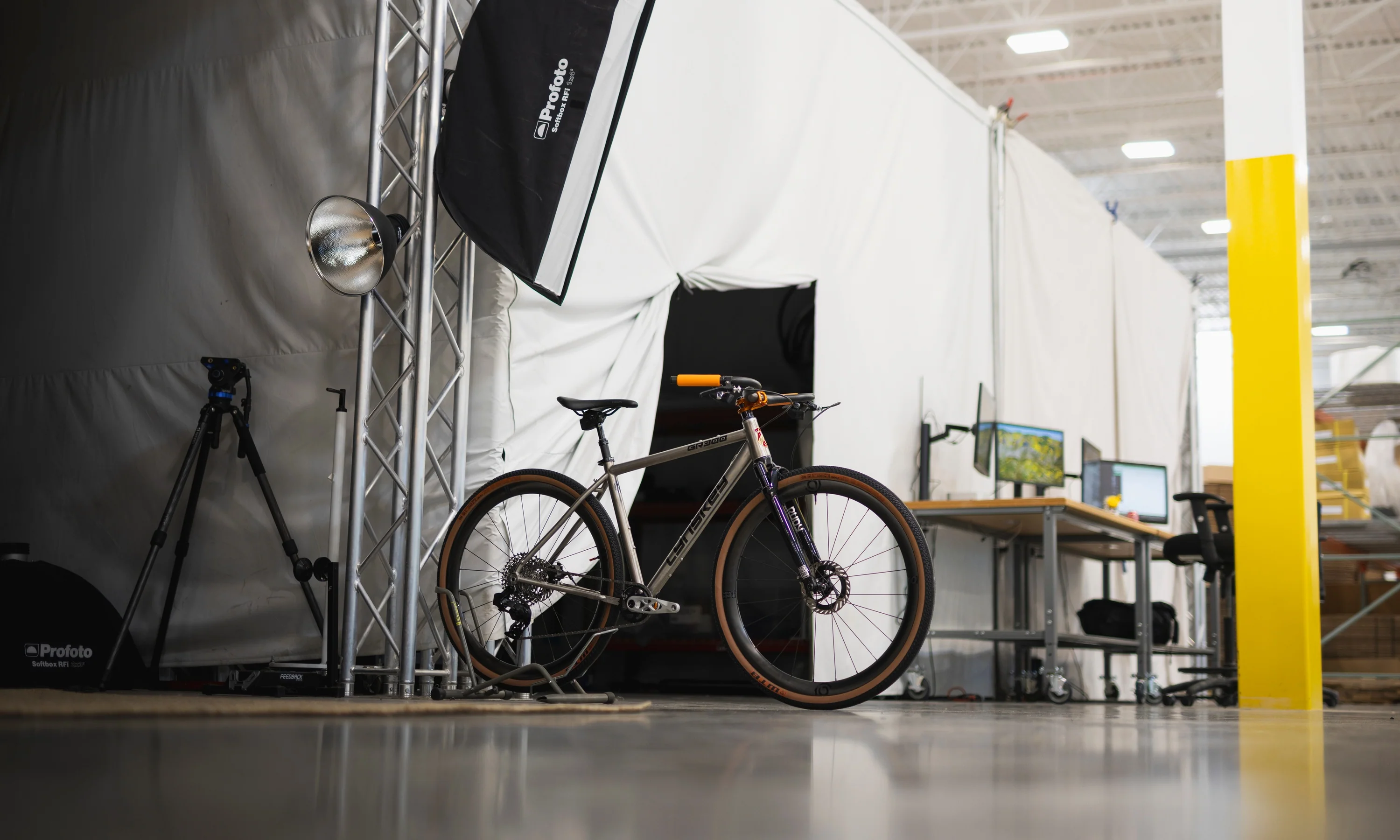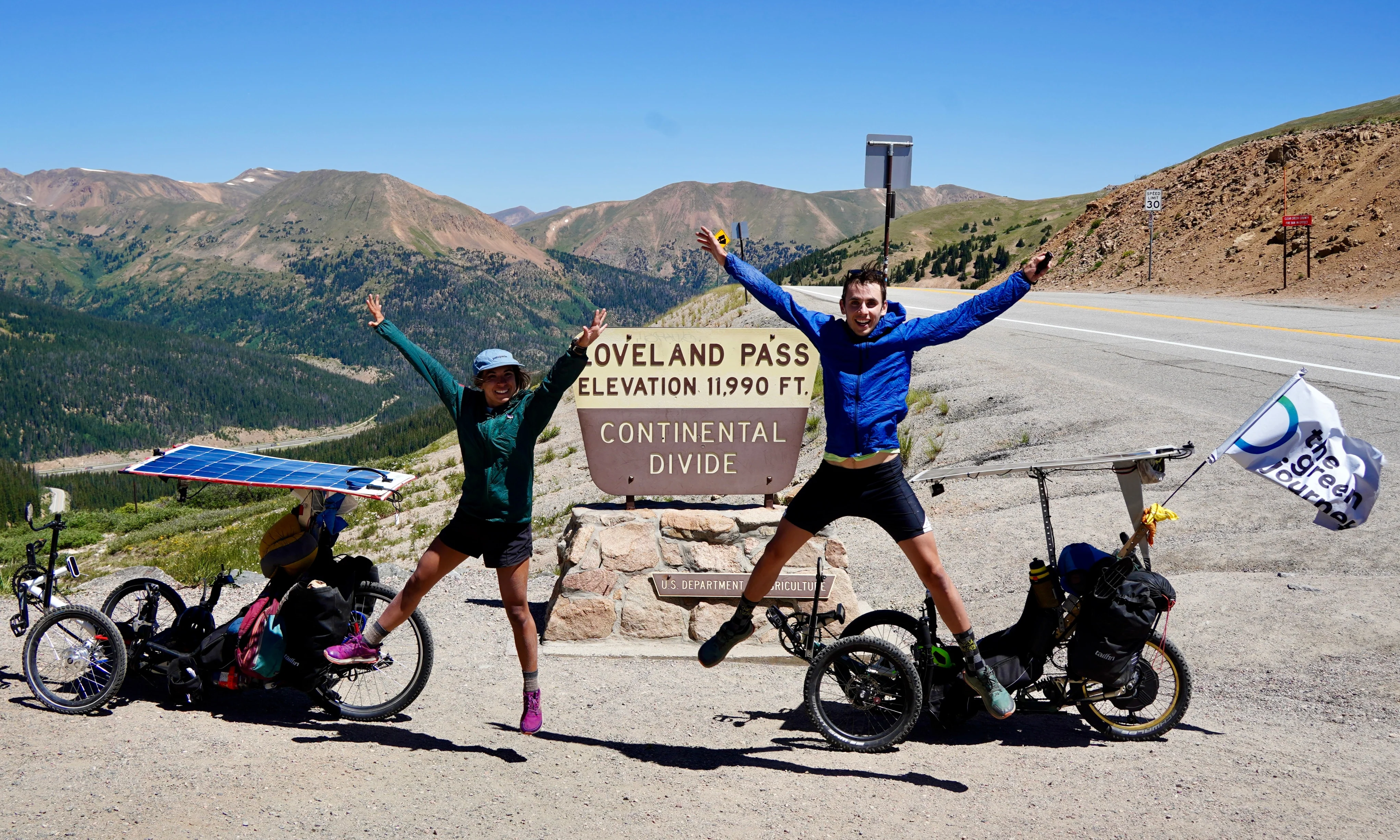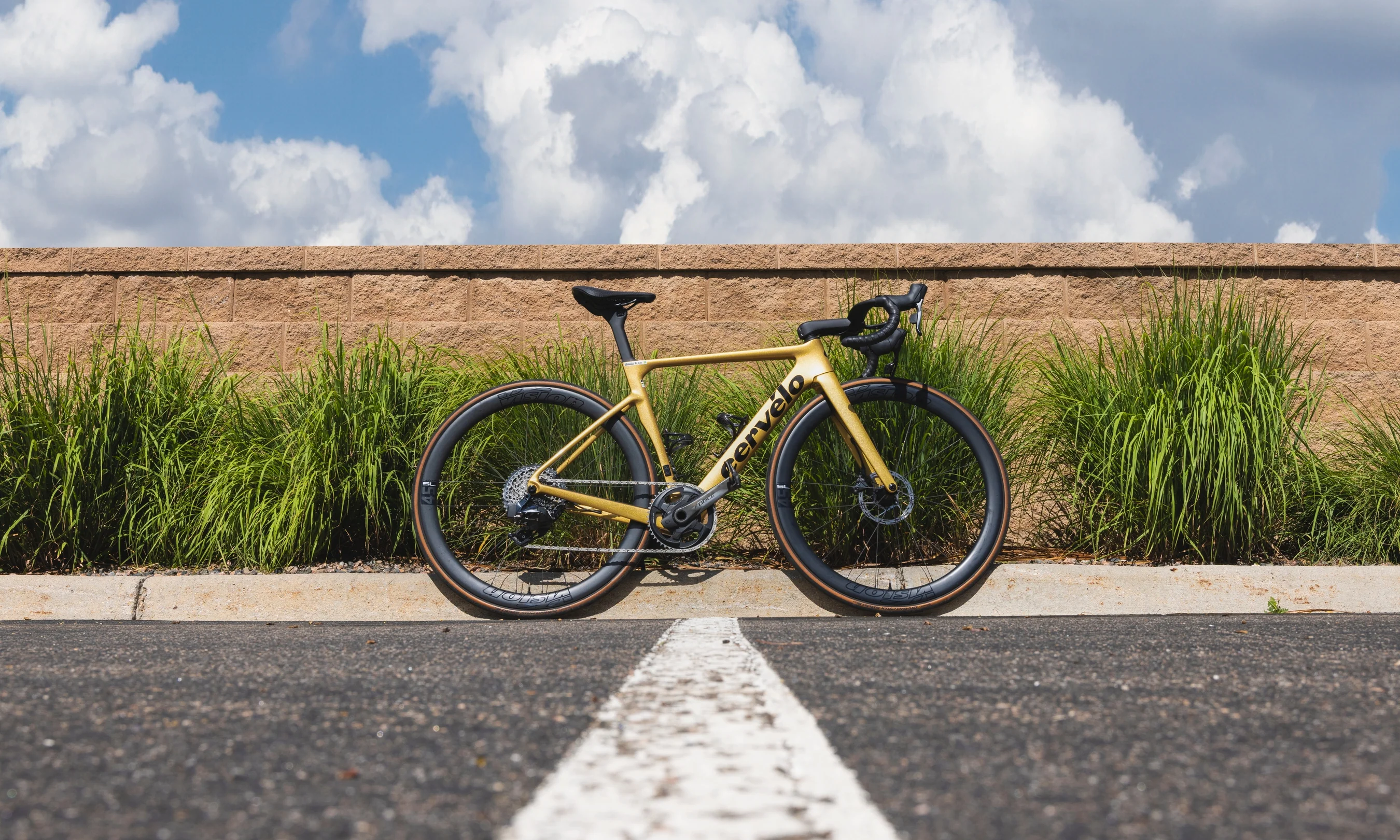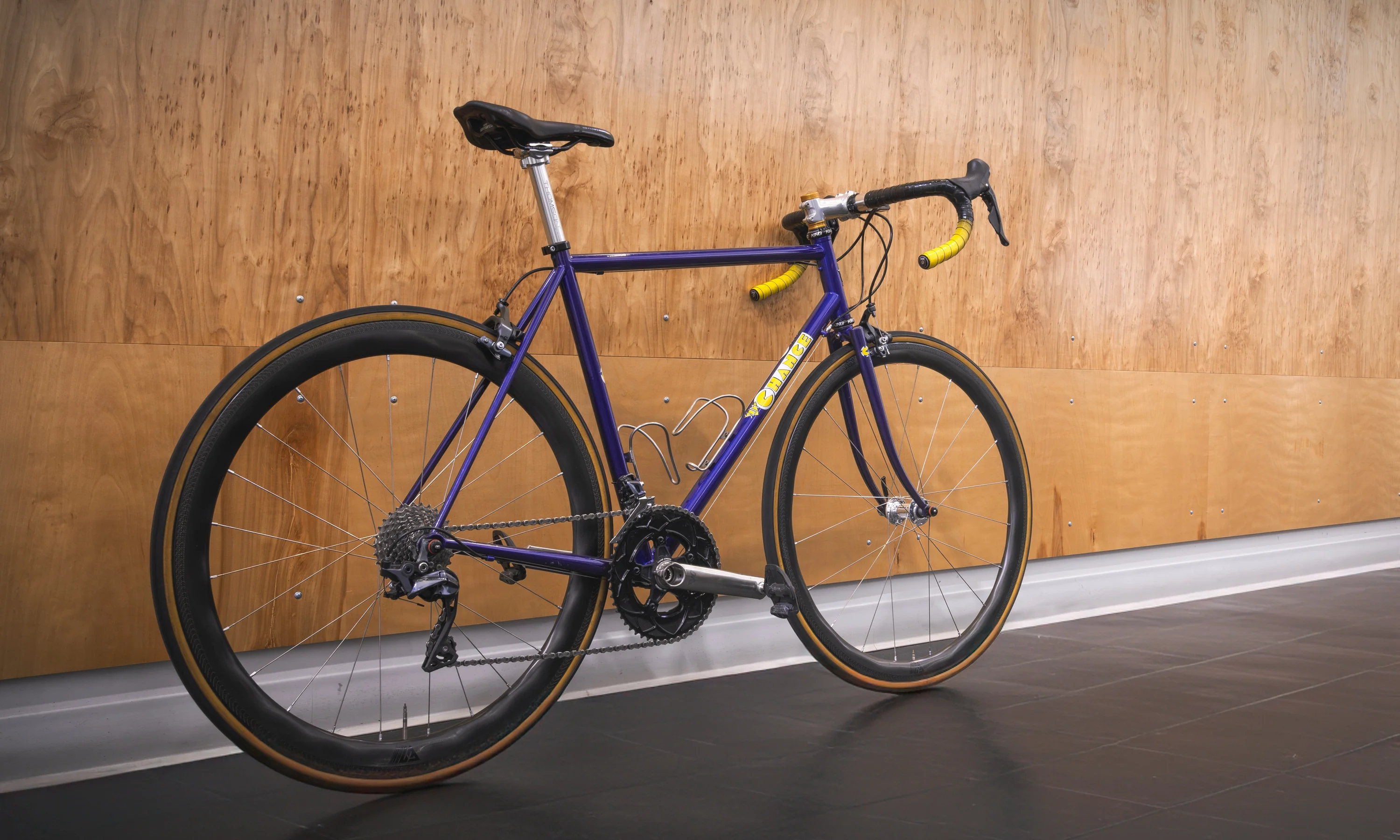Once a big event, adventure, or race is finished, I’m usually pretty sick of the bike I just piloted to the finish. I don’t want to wash it, don’t want to ride it, don’t even want to look at it. It’s like going on a road trip with a friend — you need a little space after things wrap up. So, it is saying a lot that, after a seven-day mountain bike stage race earlier this fall, I happily hopped aboard my Santa Cruz Blur 5 and enjoyed a local ride on the very bike that I had just suffered aboard for 25+ hours.
As far as cross-country bikes go, the Blur is one of the most well-mannered, versatile, and fun options on the market. It’s lived up to my expectations and more. But it took a few key upgrades to get it exactly the way I like it. Here’s how it went.
Choosing a Santa Cruz Blur
In 2021, Santa Cruz released an updated version of its proven cross-country MTB platform, the Blur. The 2022 Blur 5 (i.e., fifth generation) is a notable change for Santa Cruz. Instead of the brand’s trusty VPP (Virtual Pivot Point) suspension design, the new Blur is essentially a single-pivot bike. The rear triangle employs flex stays, like many of its competitors, such as Trek, Specialized, and Cannondale. This saves weight, results in a more XC-friendly suspension action, and — bonus! — lets you fit two water bottles in the frame.

Admittedly, I’m a big fan of VPP suspension. When I was shopping for my next race bike, I had some reservations about the 2022 Blur’s suspension design. I really like how VPP suspension climbs, staying firm under pedaling forces. It also opens up once things get rough on descents. Fortunately, there are plenty of previous-generation Blur 4s out there, in case that’s more your speed.

Santa Cruz Blur CC Mountain Bike 2020, Large
$4999.99
So, I ended up with the newest Blur for a few reasons. I wanted its slightly slacker geometry. I also liked how it could fit two bottles, which certainly came in handy when I did that week-long stage race in Italy. And honestly, that color — fire.
This model is the Blur C. That means it has lower modulus carbon fiber, compared to the CC trim. Sure, a CC model would have saved me a couple hundred grams, but this is what was available on TPC when I needed it. In fact, the lower modulus carbon is kind of nice for a mountain bike because it is more impact resistant. Here’s the original listing for my bike:
It turns out that I shouldn’t have doubted the Santa Cruz engineers. The new flex-stay suspension design was well-suited for a wide range of rides, from fast and smooth to rough and rad. This simplified suspension layout seems to have a bit more pedal bob than VPP, but the handlebar-mounted dual lockout makes it easy to switch into go-mode. Though it only has 100mm of travel, this bike felt composed on all but the steepest, roughest trails.

What I upgraded on my Santa Cruz Blur C
Even if you merely glanced at that product listing, you’ll realize I changed a lot on this bike — almost everything! Unfortunately, the lower-end C frames aren’t built with high-end parts. The best OEM spec available is Shimano XT with RockShox Select+ suspension. So, I made some upgrades.
Wheel upgrade: RaceFace Next SL Carbon
Since this was destined to be my race bike, I wanted lighter carbon fiber wheels right off the bat. To be fair, out of the box, this modestly spec’d Blur C weighed 26 pounds, 6 ounces, but there’s always room for improvement! Plus, good carbon wheels help smooth out trail chatter, which is always welcome on a short-travel bike.
I took off the 1,950-gram RaceFace AR27/DT Swiss wheels and trimmed 400 grams with RaceFace Next SL wheels (29", naturally). Why the Next SLs? The price was right and they were available. They have been solid so far, but I did consider other great options, such as these Reserve 25/Industry 9 wheels, also from Santa Cruz — matchy matchy!

Santa Cruz Reserve 25 w/ i9 Hubs Carbon Tubeless 29" Wheelset
$1199.99
While I was at it, I swapped in a SRAM X01 Eagle cassette (frankly, it was in my parts bin, looking lonely), which saved me another 100 grams over the stock SRAM GX cassette. With more than a pound of rotating weight removed, my Blur was looking pretty trim!

Drivetrain upgrades: SRAM X01 Eagle AXS & Quarq power meter
Saving all of that weight on the wheels helped me sleep at night, but if you’re looking for a noticeable performance upgrade, electronic SRAM AXS shifting takes the cake. Here, I again spelunked my parts bin to find an X01 AXS derailleur — well-worn but perfectly functional. It was going to get beat up anyway, so I didn’t mind a few scratches.
From my experience, SRAM’s entire line of AXS wireless electronic derailleurs is excellent. You don’t need X01, let alone XX1. The GX AXS upgrade kit is a killer value:
Also down in the area of the bike where things spin and click, I splurged on a SRAM Quarq power meter. Honestly, that big stage race in Italy had me a bit nervous. I wanted to train and prepare as thoroughly as possible. I’ve always gone by feel, especially on a mountain bike, but it seemed smart to glean as much data as possible to make the most of my training plan. If it were any other year of normal riding and racing, I wouldn’t bother with a power meter.

Brake upgrade: SRAM G2 Ultimate
For the majority of cross-country races and rides, SRAM Level brakes (or similar two-piston XC brakes) are completely adequate. However, I live in a very mountainous place with lots of extended downhills. I was prepping for a race that had 57,000 feet of climbing (and descending). And gosh darnit, I just like having powerful brakes.
I ended up with SRAM’s top-of-the line trail brake, the G2 Ultimate. Look at the G2 next to the Level and the differences are obvious — four-piston calipers vs. two pistons, larger master cylinder, different lever shape and geometry.
If your riding terrain and preferences match mine, the G2 is a sweet upgrade to expand your XC bike’s capabilities. If not, no need to spend the money on brakes.

SRAM G2 Ultimate Front Hydraulic Disc Post Mount Brake and Lever Gloss Black
$92.99
Fork upgrade: RockShox SID Ultimate 120
By now you might be thinking, “Make up your mind, Spencer! First you say you want super-light XC performance, and then you throw on upgrades that are verging on ‘downcountry’ … Which is it?!” Fair point, hypothetical reader, but in my eyes, the SID Ultimate was only a minor weight penalty over the SID SL Select+. The performance gains of 35mm stanchions and an additional 20mm of travel are enough to tip the scales for me, so to speak.

On my first ride with this fork, I was blown away by its steering precision and confidence. The SID Ultimate was an excellent pairing with the powerful G2 brakes. Just because I race XC doesn’t mean I don’t love the downhills!
If you’ve done your homework on the Blur 5 line, you’ll know that the bike is also offered in a TR trim — that’s shorthand for “trail.” Or is it “Too Rowdy?” Anyway, the TR model has 115mm rear travel and a 120mm fork. Plus, the geometry is about one degree slacker, bringing the head tube angle down to 67.1°. A 120mm fork on the non-TR Blur actually results in the same geometry. The Blur TR rear shock simply has a longer stroke. Plus, my hybrid setup retains the Blur's handlebar-mounted dual lockout, which isn't offered on the TR. The cables may be a bit cluttered, but I use the lockout often while racing and riding.
Fox also makes the excellent 34 Step-Cast line of forks with a 120mm option, but the Factory orange color would have clashed with my salmon and blue frame!

Fox Factory Series 34 Float Step-Cast FIT4 29" 120mm Fork 15x110 44mm Push Lock Remote - 2022
$1089.00
Conclusion
I rode this Santa Cruz Blur all summer, and I didn’t even touch my long-travel Megatower (yup, big Santa Cruz guy over here). That tells you how versatile and fun this bike is despite being labeled as an XC race bike.
So if you just bought a Santa Cruz Blur and are considering upgrading it, what should you do?

For the racers and weight weenies, the carbon wheel upgrade makes a lot of sense. Aggressive descenders or heavier riders will appreciate either the brake or fork upgrades — or both! You could also seek out a TR model for the extra suspension travel, but note that even those bikes are built with SRAM Level brakes.
The one upgrade that makes the most noticeable difference on any type of ride has to be the electronic AXS shifting, though. I’ll admit the stock cable-actuated GX shifting was perfectly serviceable, but the shifting performance of SRAM’s wireless electronic drivetrain is simply on another level. Just imagine how many times you shift on any given ride. You’ll feel the difference.
What questions do you have about the Santa Cruz Blur 5? Any thoughts about my upgrades? Leave a comment below!

























